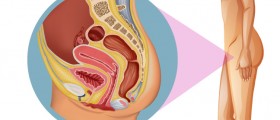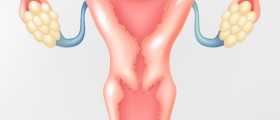
Almost every woman knows about the cancer of the uterus and knows the dangers it brings. Just like any other type of cancer, cancer of the uterus is dangerous and needs to be treated in its early stages. This is why it is important that women get to know as much as they can about the cancer of the uterus and how they can reduce the risk of suffering from it.
The uterus
Those people who do not know what uterus exactly is should know that it is a part of the woman’s reproductive system and that it is a hollow organ in the pelvis. There are three parts that the uterus consists of and they are top, middle and bottom. The top part is shaped like a dome and from this part of the uterus the fallopian tubes extend to the ovaries. The middle part is known as the body and that is where the baby grows. Cervix is otherwise known as the bottom part and it is a passageway to vagina. Inner layer and outer layer are what the wall of the uterus consists of.
Cancer cells
Cells are the place where cancer starts to grow. Tissues consist of cells and uterus is made of tissues and some other organs in the body. In normal cases, the cells grow and divide in order for the new cells to be formed. In time, cells grow old and they die in order for the new cells to replace them. However, this is not always the case and something may go wrong in the process. Sometimes, new cells are created when they are not needed and the old ones do not die. When that happens, there are too many cells and in these situations mass of tissue and formed, otherwise known as tumor. Tumors can be either benign or malignant. Malignant are the cancerous ones.
Risk factors
There is no way a doctor can say why one woman ends up with uterine cancer and the other one does not. However, the doctor knows certain risk factors and women need to avoid them in order to avoid suffering from uterine cancer. Abnormal overgrowth of the endometruim or endometrial hyperplasia is known to be a risk factor of uterine cancer. Hyperplasia is not a cancer but it can develop into one. This is why women should avoid certain risk factors that lead to hyperplasia like obesity. In addition to this, women who never had children, had their first period before the age of 12 or went through menopause after they were 55 are also in more danger of hyperplasia.

















Your thoughts on this
Loading...